We Asked Expert Pet Photographers to Share Their Secrets
Here are some insider tips to make your cat or dog look their best

Here are some insider tips to make your cat or dog look their best

If you’re reading this, you already know that your cat or dog is the sweetest, cutest, most adorable, most amazing creature that has ever lived.
But what happens when you want to share their incredibleness with the world—and the photos you’re taking don’t capture what makes your pet so special?
Since every phone has a pretty great camera, it’s easy to think that photography is simply a matter of pointing and clicking. But taking great portraits of your pet requires patience, and a bit of technical know-how.
These tips will help you up your photo game, whether you’re taking sweet pics to send to your mom, or aiming to make your dog or cat the next pet Instagram star.
We asked some of our favorite pet-photography pros—including BriAnne Wills of Girls and Their Cats, Elias Weiss Friedman of The Dogist, and Andrew Marttila, author of the soon-to-be-released How to Take Awesome Photos of Cats—to share the tips and tricks of their trade. They’ll help up your photo game, whether you’re simply taking sweet pics to send to your mom, or aiming to make your dog or cat the next pet Instagram star. (Once you’ve sharpened your skills, follow us—we want to see your pics!)
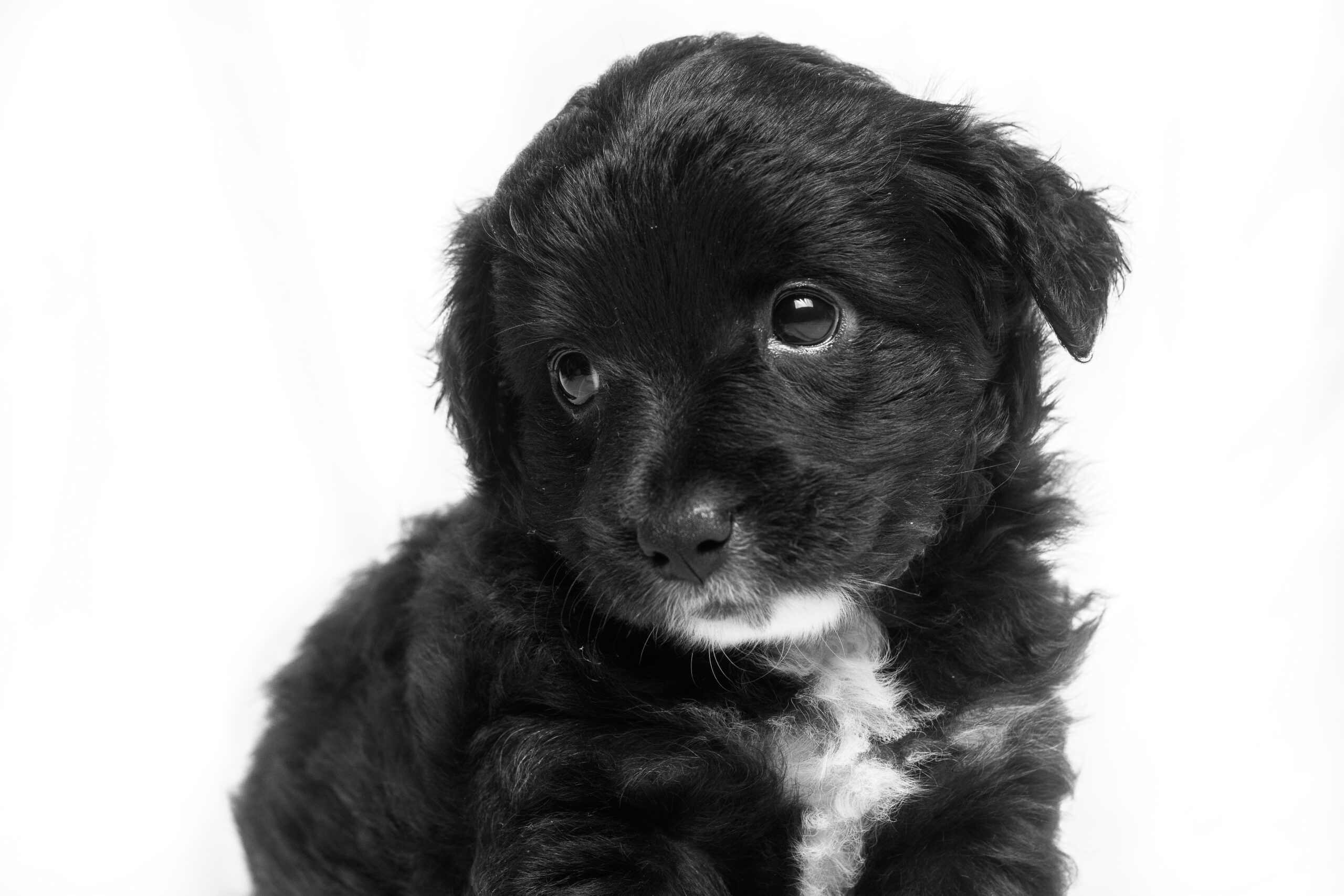
Before we begin: If you’re a dog person, don’t skip the cat parts! And if you’re a cat lover, don’t neglect the dog advice! You might just learn something unexpected that will help you photograph your own furry friend. (Or your iguana. Or peacock. Or whatever priceless animal owns your heart.)
Heidi Systo is a photographer and self-described “cat wrangler” whose Brooklyn apartment is often full of the tiny kittens she is socializing, in the hopes of finding them new fur families. As a result, the photos she takes tend to have a clear purpose: Make these cats look as irresistible as possible.
“The main thing I want to achieve in a photo is to showcase personality,” she says. “Even if the personality is grumpy, hyper, hissy, any of the above, that all translates to adoptability—when you can show a little something extra beyond just what the cat looks like.”
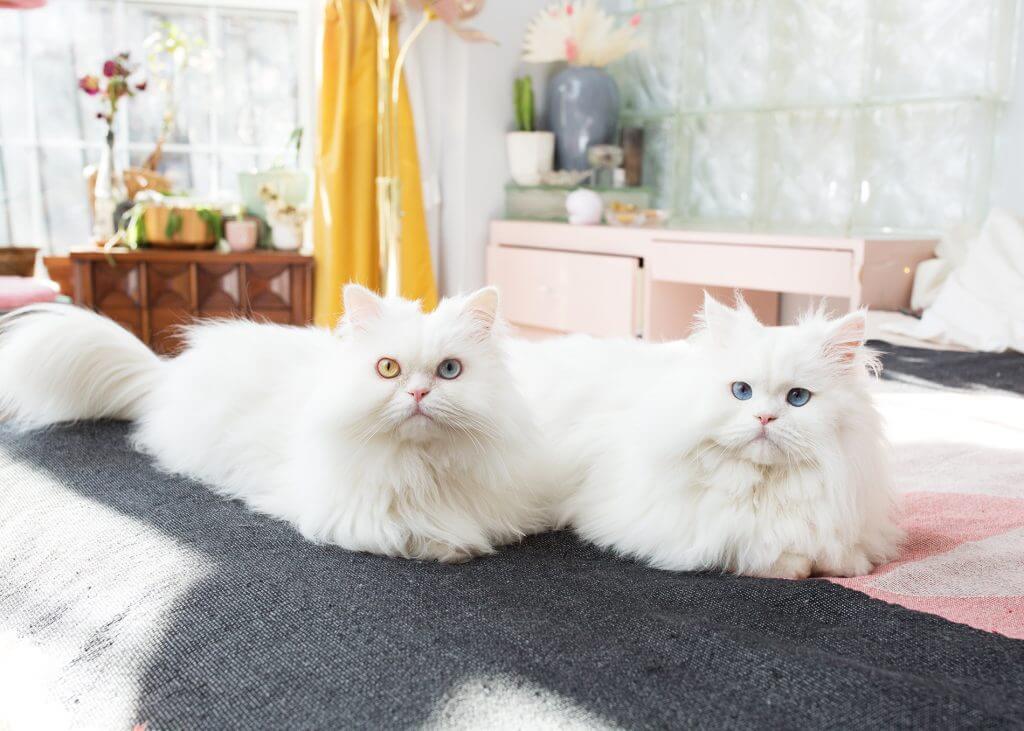
It’s a lesson that any pet parent can learn from. Your cat or dog isn’t always happy, or patient, or perfectly coiffed. They contain multitudes! Take pictures that pay tribute to the full spectrum of what makes them special.
“Lighting makes or breaks a shot,” cat photographer Andrew Marttila tells Lemonade. “It can be particularly difficult to photograph cats due to their largely indoor home life, and indoor lighting tends to be a bit off-white and dull. This leads to dark, discolored, and blurry shots. Unfortunately, there’s not a great antidote to this aside from investing in some additional lights—like a small handheld LED ring light.”
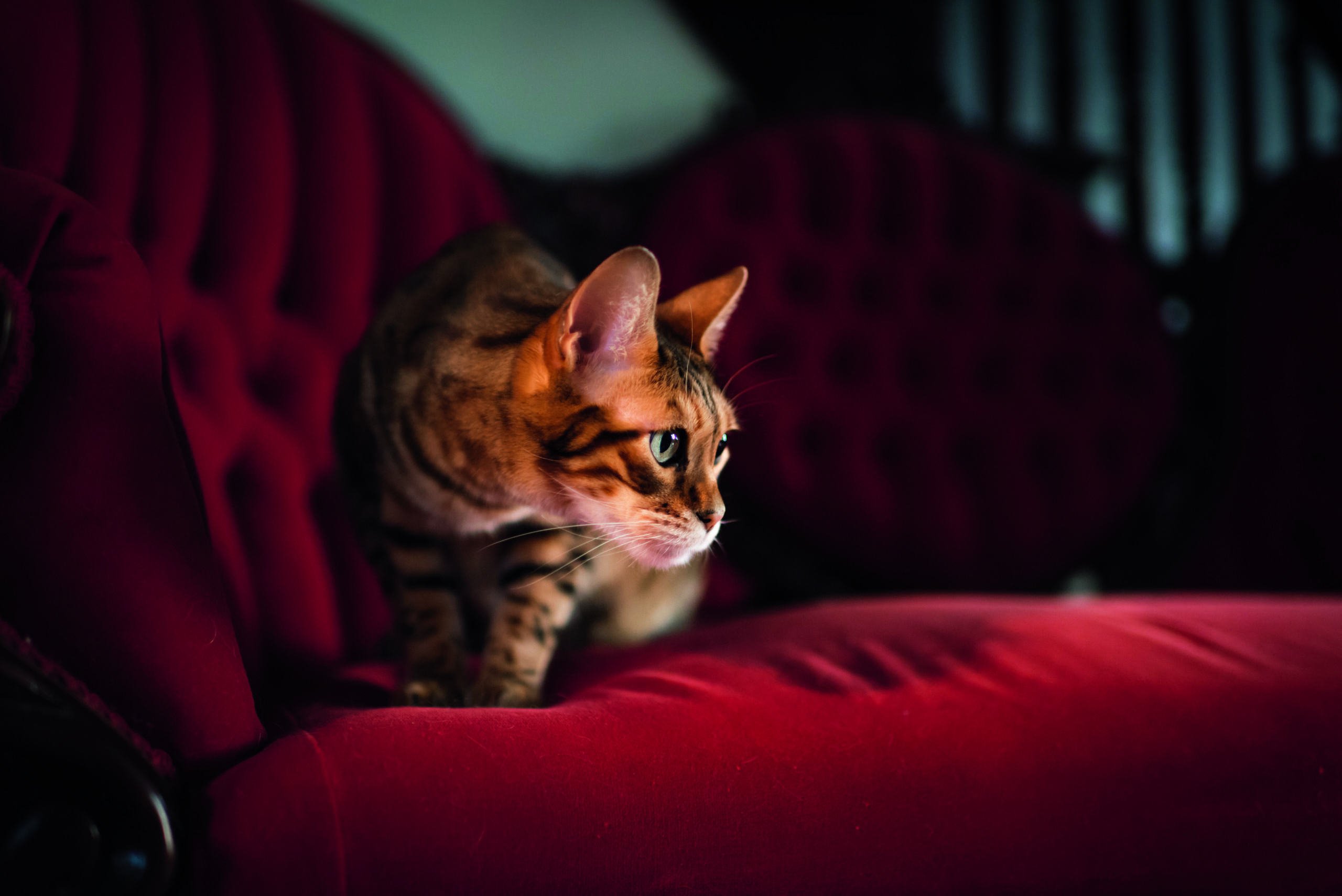
If that’s out of your budget, he suggests simply following your cat’s lead. “Plan your photos for when the sun is pouring through your windows,” Marttila says. “If you’re not sure when that is, just keep tabs on your cat in the morning—they’re sure to seek out the sunspots, and flop accordingly.”
For anyone looking to get deep into the nitty-gritty, Marttila’s just-released How to Take Awesome Photos of Cats is a terrific technical resource for avoiding overexposure, creating moody effects, and making light work for you.
Cats are active creatures. Sure, they may sleep up to 16 hours a day, but when they’re awake—watch out! A great, well-timed photograph can properly document your kitty’s athleticism.
“Action shots are notoriously hard to capture,” BriAnne Wills of Girls and Their Cats admits. “The best way is to make sure you’re shooting in a very bright space, and even use the flash feature on your phone’s camera to freeze that leap in the air with little motion blur. Good luck!”
Photographing a very active dog, of course, is a bit easier—since they’re probably already running around in the sunshine.
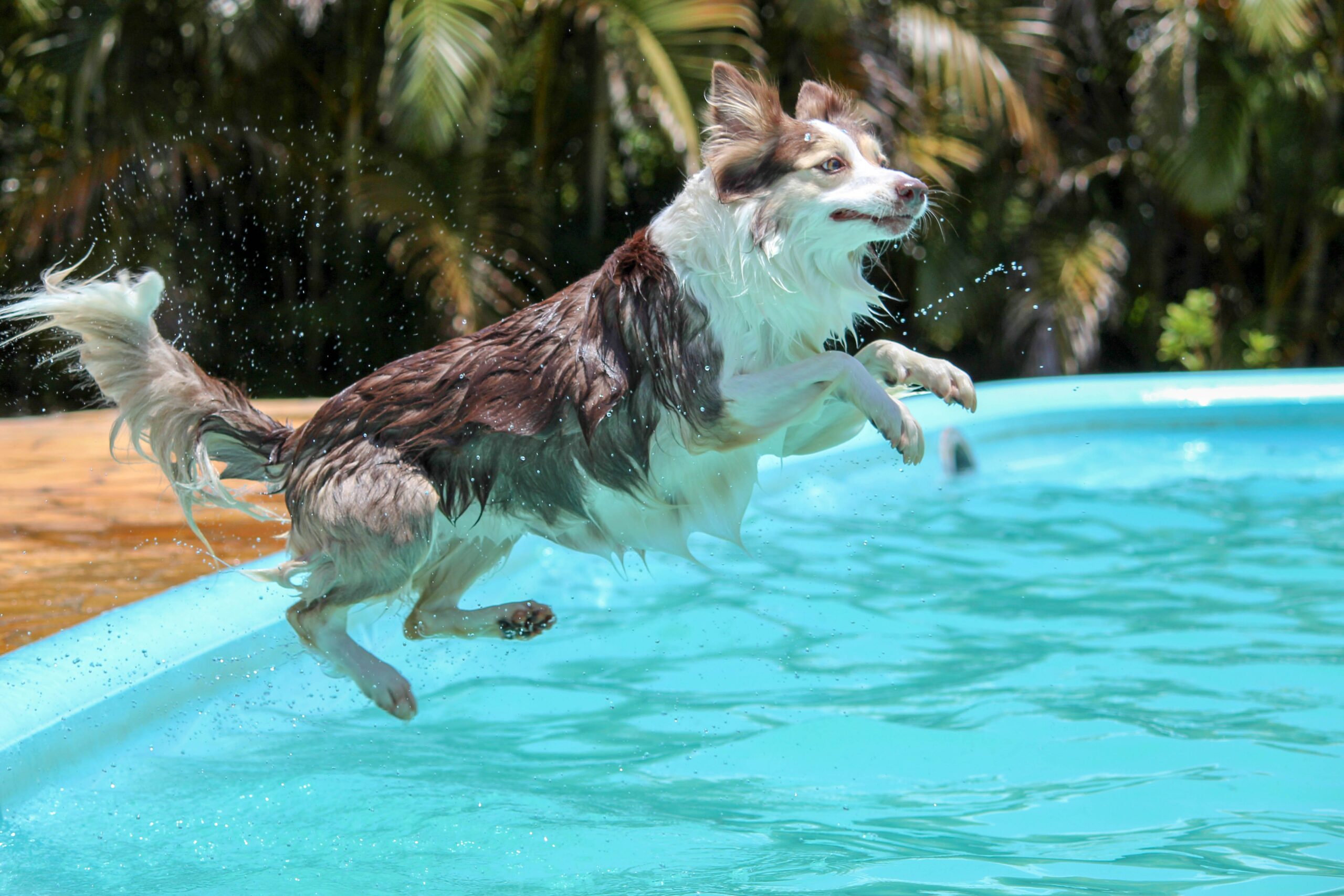
Here’s a simple hack to up your pet-photography game instantly. Wills says that one of the most common amateur mistakes pet parents make is simply “failing to clean the pet’s eyes.”
“We all know cats—and dogs—can have weepy eyes from time to time, and no one wants to see that in a nice photo,” she explains. “Take one minute to gently clean your pet so they’re putting their best face forward for their portrait.”
Don’t forget to give them a treat, too, for being so cooperative.
A great pet portrait requires getting your pet’s attention. And while cats may be notoriously more fickle than dogs—and perhaps less eager to please—both might require a bit of entertainment and distraction if you want to get that perfect shot.
“I’ll usually guide the cat to an area that makes a nice backdrop, and then entice them to stick around or look at the camera by holding treats or a crinkly cat toy in the air by my camera,” says Wills. “Make sure to reward them by actually giving them the treat, or else they’ll become suspicious of you.”
“I often use a string toy when I’m shooting that I wave around just above the camera,” adds Systo. “It really gets the cat or kitten engaged, and that excited ‘ready to pounce’ look on their face, which is super cute.”
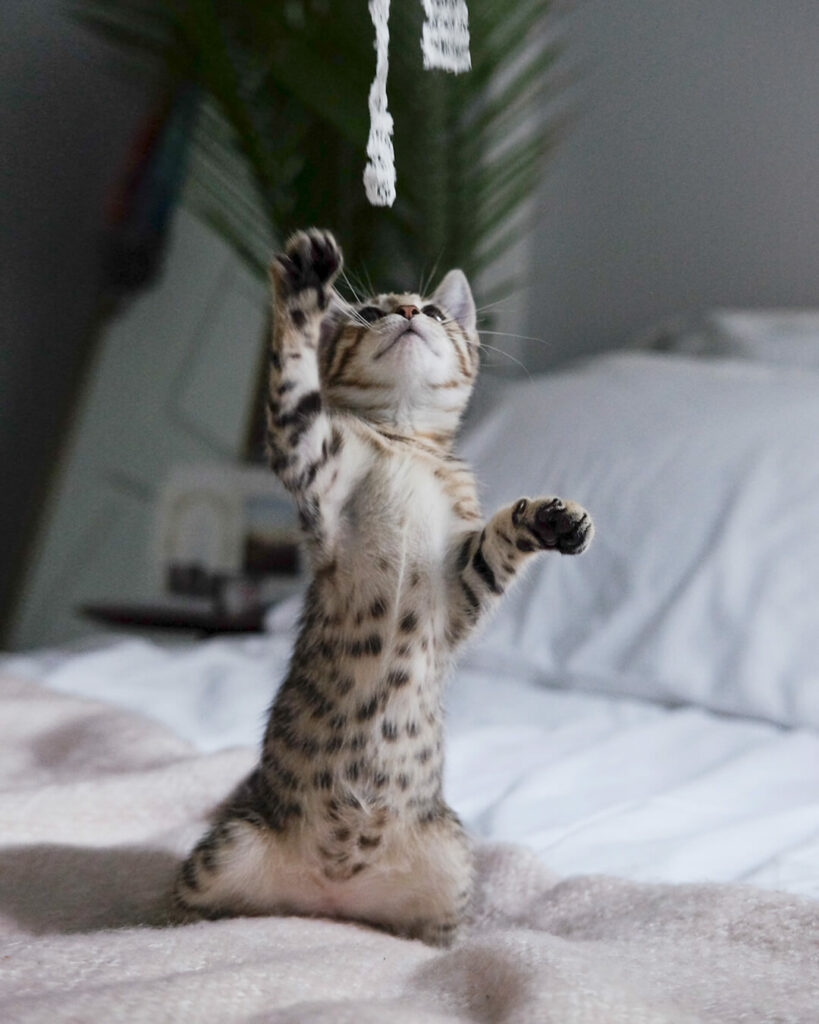
When it comes to sounds you can make to engage your pet, the stranger the better. Marttila, in How to Take Awesome Photos of Cats, discusses his own very…unique vocalizations. “Imagine what a porpoise receiving a Tabasco enema would sound like,” he writes. “Throw in some trills and a few more additional high-pitched notes, and you’re golden. It sounds a lot like what you’d hear if you yodeled into a blender.”
To keep things fresh, you also have to mix things up a bit. “Part of the reason a lot of people aren’t good at photographing their own dogs,” explains Elias Weiss Friedman, founder of The Dogist, “is because the dogs are wise to the tricks, and know when the phone is coming out. They’re used to it.”
Try to find some new techniques—or odd noises—to prevent familiarity from setting in.
Most humans don’t love pictures of themselves where they’re sneezing, blinking, or caught making a face that’s awkward or silly. But our pets are far less vain. Some of the most charming pet portraits are the ones where your furry friend isn’t at their most posed and poised.
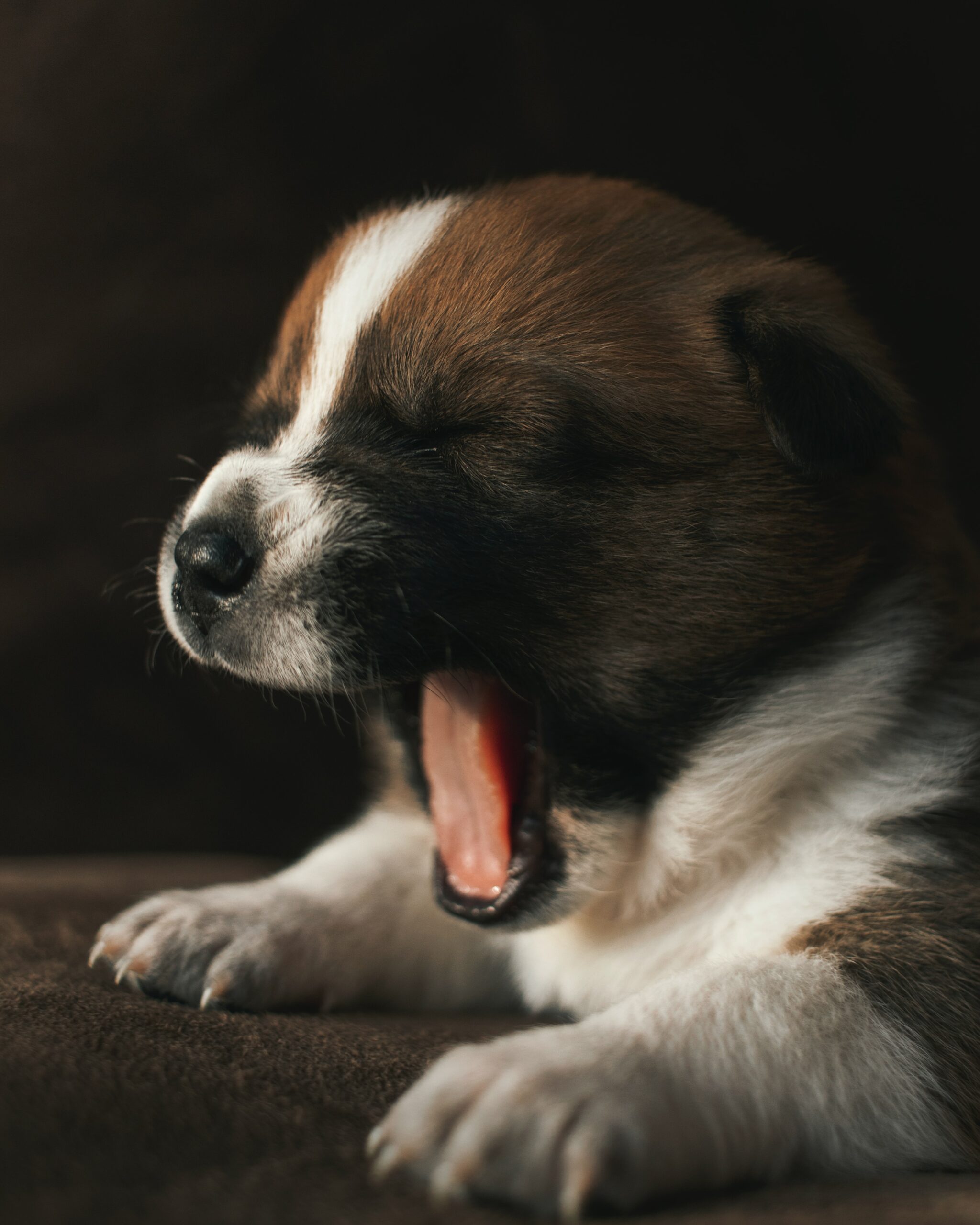
Systo is a big fan, for instance, of catching cats and kittens for a “tongue-out, lip-licking shot,” best captured by “shooting right after mealtime.” And don’t feel bad if you snag a great shot of your pet yawning.
“The joy of being a dog photographer is that no one says, ‘Oh my god, how do I look? Can I see the picture? Does my nose look big?’” explains Friedman of The Dogist. He has no qualms using wide angle lens to achieve “goofy” effects.
“Part of the fun of that is that we admire the dog’s lack of concern about how they look,” he adds. “We wish that we could be so carefree with our appearance. That someone would take a picture of us, making us look ridiculous, and share it with a million people—and we wouldn’t care. We’re not that way. But we like that dogs are that way. They’re not sitting in bed upset about what the internet is doing to them or their reputation.”
If you shared a picture of your boyfriend sleeping, or your sister, it’d be pretty weird and intrusive. But animals don’t have the hang-ups that humans do (and, for the most part, they’re not really checking Instagram). That’s a good thing, because there’s nothing more adorable than an intimate portrait of your cat or dog when they’re at their most relaxed.
“With a dog, they’re sleeping 14 hours a day, and you’re just admiring them. It’s much more pure,” Friedman says, when I ask about him about the ethics of photographing your snoozing pet. “With a person, you’d think the person would want to know they’re having their picture taken. Whereas with a dog, they’re never going to understand the concept—so what difference does it make whether they’re sleeping or not?”
“Get down on their level,” Wills says. “Try to get a close-up of [your cat’s] face, or their toe beans. This is a good time to practice your skills because they won’t be moving around.”
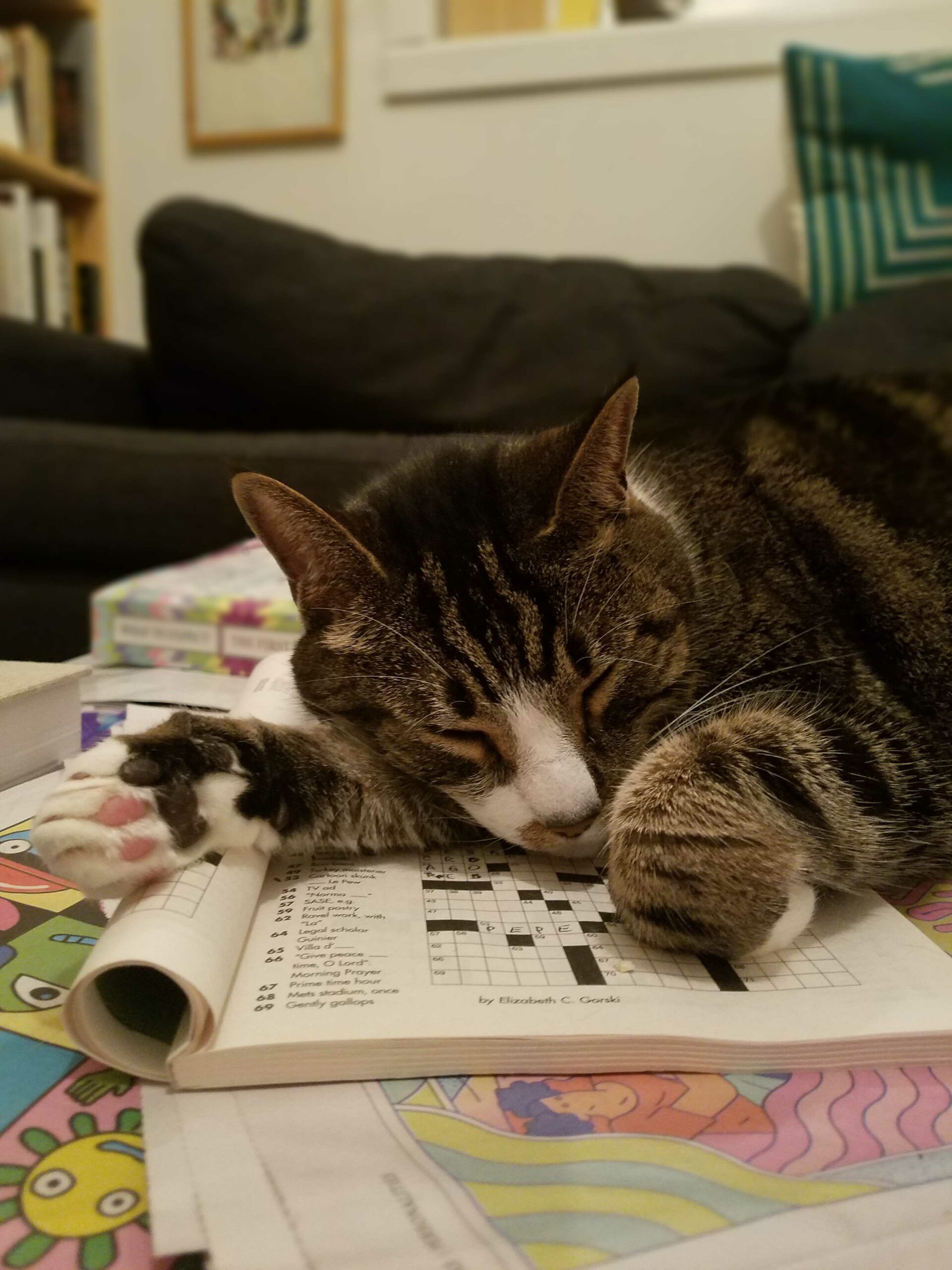
Cats can be particularly tricky to photograph while they’re snoozing—they tend to curl up into a circle or a ball, often tucking their precious faces beneath an arm or paw. In this instance, Wills suggests giving them a gentle pet—careful not to wake them up!—which will “sometimes get them to move around into an even cuter position.”
Certain images, Friedman says, have an undeniable quality that elevates them above the pack. His own goal is always to capture a significant moment. “One of the things I notice is that a lot of dog photographers post these almost moments, where the dog is looking at a [spot] just-off camera. It would be like someone is talking to you and staring at your forehead.”
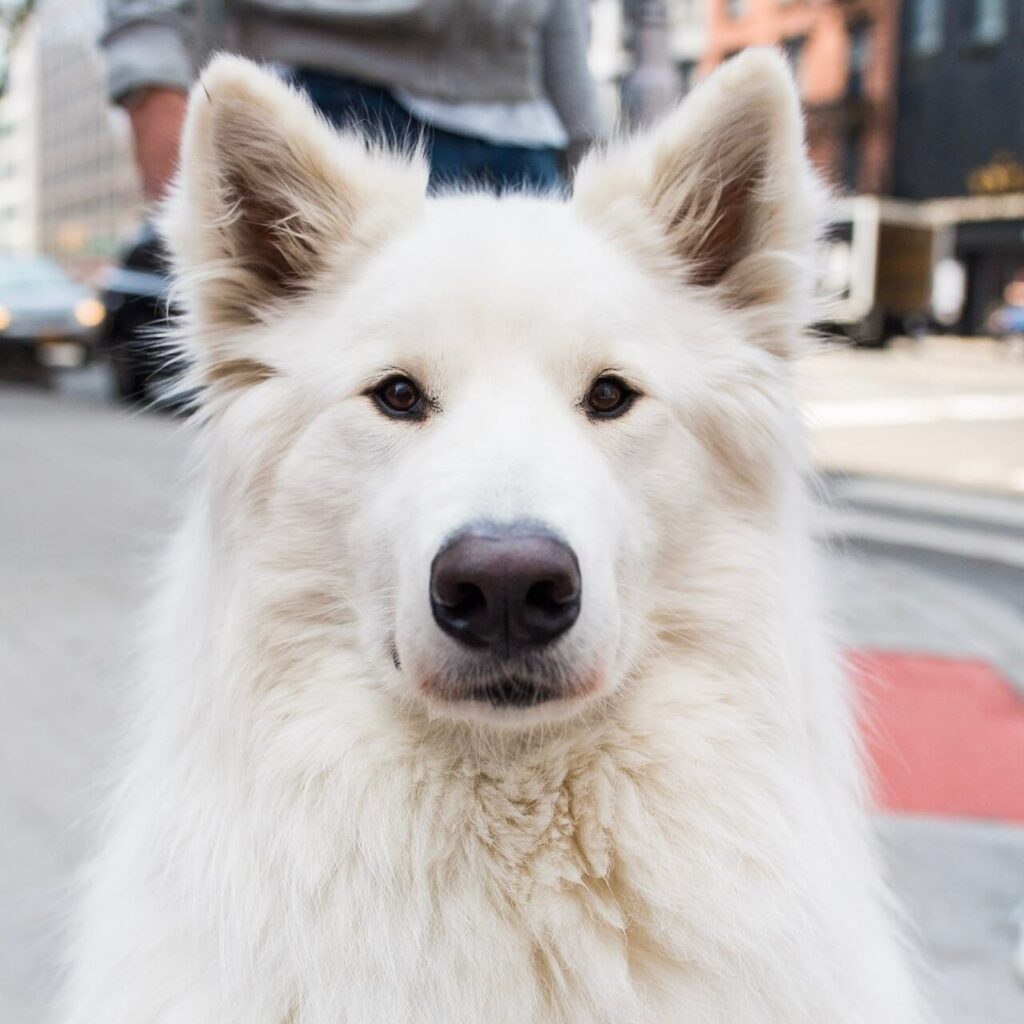
Instead, a classic Dogist portrait features a level of direct eye contact that is very impactful. “There’s that feeling that the dog knows that it’s having its picture taken,” Friedman explains. While it might require a bit more effort to achieve the same intense effect with your cat—your hard work will be rewarded.
In How to Take Awesome Photos of Cats, Marttila offers some firm rules. One: In most cases, try to avoid using the zoom function on your phone or camera. “Digital zoom is using software to crop in on a scene,” he writes. “This reduces the quality of the image significantly….If you’ve ever wondered why your zoomed-in photos are super grainy, this is why.”
Also on his forbidden list: Taking a picture with a filter already applied. “It might look artsy and cool at the time, but we can always apply and change filters after in postproduction” he writes. “You essentially doom the photo to whatever you felt was cute at the moment.”
“The reality is that there’s no bad picture of a dog,” admits Friedman. “All pictures of dogs are great.” The same holds true for images of cats and kittens. After all, amateur photos of adorable pets are basically the reason the internet was invented.
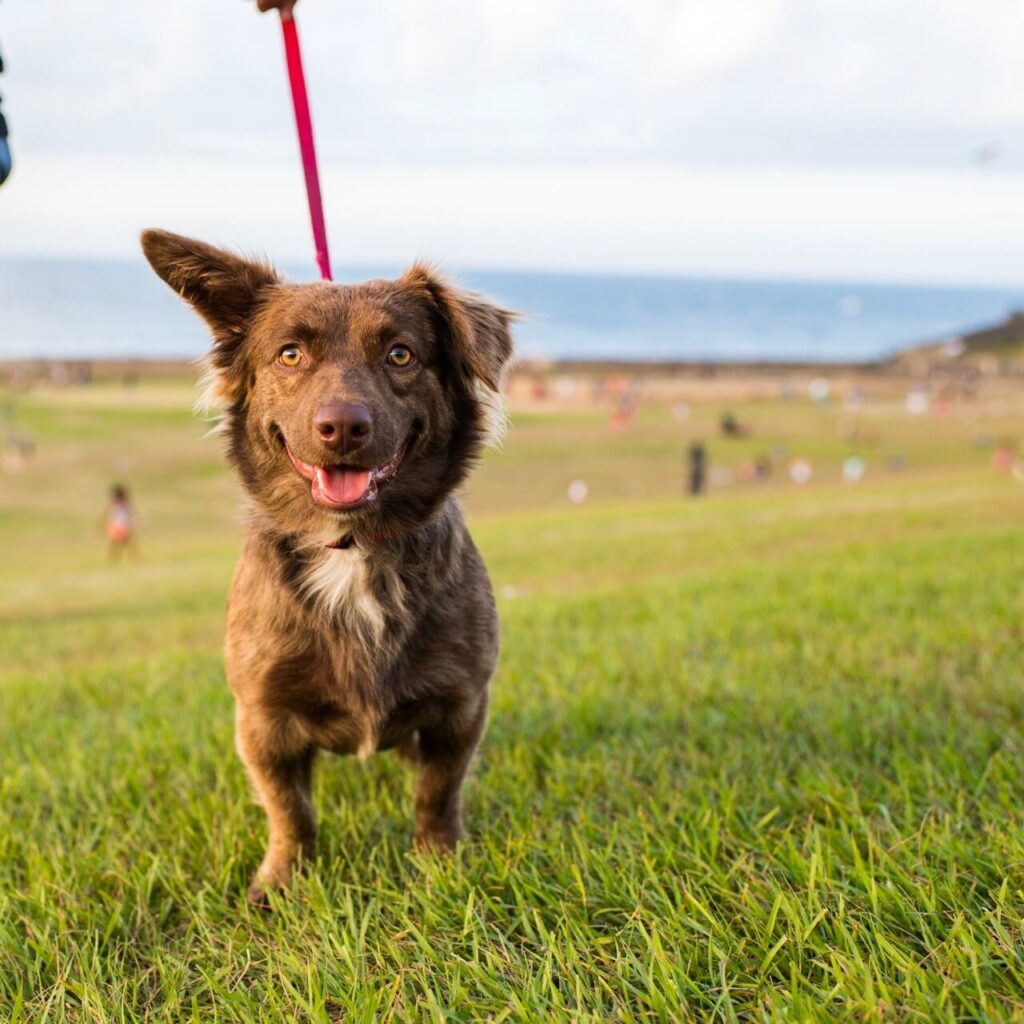
So don’t be intimidated by all the hyper-polished, profesh animal accounts out there. Some of those photographers (and their animal companions) might have tens of thousands of followers, not to mention sweet endorsement deals.
Whatever your goals are as a photographer, know that your subject is doing most of the hard work—simply by being their adorable, lovable self. With a little practice, and a lot of patience, you’ll soon be on your way to making your own pet-portrait magic.
Please note: Lemonade articles and other editorial content are meant for educational purposes only, and should not be relied upon instead of professional legal, insurance or financial advice. The content of these educational articles does not alter the terms, conditions, exclusions, or limitations of policies issued by Lemonade, which differ according to your state of residence. While we regularly review previously published content to ensure it is accurate and up-to-date, there may be instances in which legal conditions or policy details have changed since publication. Any hypothetical examples used in Lemonade editorial content are purely expositional. Hypothetical examples do not alter or bind Lemonade to any application of your insurance policy to the particular facts and circumstances of any actual claim.